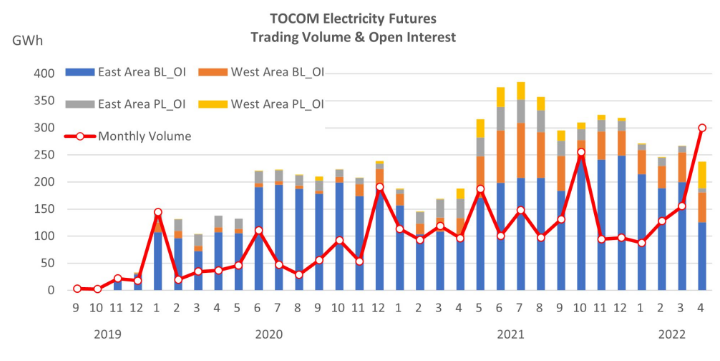TOCOM Energy
Oil markets wait for more indication from economic data
Crude oil benchmark prices bounced back on the back end of last week on expectations of further cuts to Russian supply next month,but failed to gained upward momentum at the start of the week as market sentiment remain fragile, further rate hike prospects and a sharper-than-expected jump in U.S. inventories added to demand concerns. This week, oil prices are still likely to be dominated by economic data. Signs of recovery are coming from China, with consumption on the rise,however, industrial activity is not rebounding in step with consumption. Analysts and traders will now be watching the next China PMI release, due out on Wednesday.
On the macro side, bearish sentiment built as a series of U.S. economic data suggest higher inflation may last longer than expected, putting the Fed in a position where it likely will continue to raise interest rates, which in turn will likely pressure firm earnings.
The headline Flash US Markit PMI Composite Output Index registered 50.2, up sharply from 46.8 in January. The most marked change in performance was recorded in the service sector, however, it should be noted that US manufacturing downturn remains solid. Whereas manufacturing input cost inflation eased in February due to improving supply chains, average selling prices for goods leaving the factory gate rose at a faster rate for a second successive month, in part because firms reported the need to pass through upward pressure on wages.
Friday’s strong inflation data continued the week’s spate of market-unfriendly news.
The Federal Reserve’s preferred measure of inflation, known as the PCE ticked higher in January. Much of the surge came from a 2% rise in energy prices, however, the core PCE index excluding food and energy also increased 0.6% for the month, and was up 4.7% from a year ago.
Tighter monetary policy has yet to fully impact consumers and shows that the Fed has more work to do in slowing down aggregate demand. The Fed minutes were also a bit hawkish as a majority of Fed officials agreed the risks of high inflation remained a “key factor” shaping monetary policy and warranted continued rate hikes until it was controlled.
The change in sentiment followed a Reuters report that said Russia would be cutting the volumes of oil exports via its western ports in March and April by as much as 25 percent which would significantly exceed the announced total cut of 5% on overall oil supply.
Russia normally exports up to 2.5 million bpd of Urals crude from the ports on the Baltic Sea and the Black Sea and a cut of 25% would represent as much as 625,000 bpd.
As the war continues to pressure Russia’s finances, further increases to the tax burden on Russian producers are possible, threatening upstream investment. Combined with the impact of sanctions and price discounts, this could prove critical to Russian oil production volumes going forward.
On the western side of the Atlantic basin, US crude inventories climbed for the ninth straight week and were at their highest level since May 2021. Inventories built due to another fall in refinery utilization despite a rebound in exports. U.S. refinery runs typically reach their annual high point in mid-to-late August, because oil refining margins hit all-time highs last year, refineries crank up operating rates and postponed their seasonal maintenance plan. Even with refineries going into maintenance, refining margins failed to get any uplift, which is another sign that the global product overhang remains for now.






